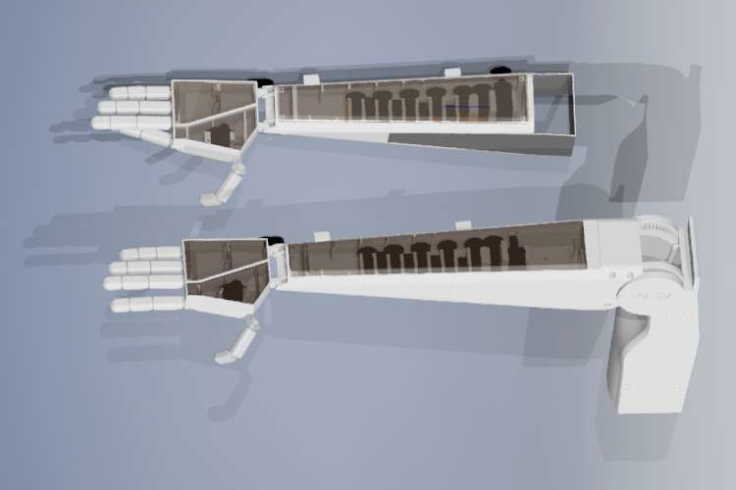Aslan – This 3D-printed robotic arm can translate spoken words to sign language
Antwerp team's creation said to be low-cost and more accessible.

Project Aslan - a team from Antwerp - has created a robotic arm that can translate spoken words to sign language, allowing people who are not familiar with the language to communicate with those who need to use it.
The project has been funded by the European Institute for Otorhinolaryngology, and they say the 3D printed design of the robot makes it "low-cost and more accessible to the world".
Stijn Huys from Project Aslan explained in a video: "I was talking to friends about the shortage of sign language interpreters in Belgium, especially in Flanders for the Flemish sign language. We wanted to do something about it. I also wanted to work on robotics for my Masters, so we combined the two."
Aslan as a project started in 2014 and over the years has developed into becoming a working prototype, reports Digital Trends. Aslan is an acronym for "Antwerp's Sign Language Actuating Node", according to its makers.
Aslan is made of 25 3D printed components and the movement of the arm is controlled through 16 servos powered through an Arduino board and the robot uses only one hand to make sign language gestures. Using 3D Hubs, a network of 3D printing services, the Aslan robot will reportedly be able to be produced in over 140 countries.
It is reported that the team is working on a second arm to make it possible for Aslan to make more detailed two-handed gestures as well as an emotive robot face.
Language flows from spoken word to sign language and not the other way around with this robot, notes the report. It is, however, not yet clear what styles of sign language Aslan will make use of apart from its native Flemish.
Toshiba showcased a robot that is capable of Japanese sign language earlier this year, but it was not meant to be a device that can instantly translate speech to sign.
There are over 70 million people around the world who use sign language, says the report, and it is not always possible to have translators at hand. So the makers of Aslan want it to be a device that can bridge communication gaps, not to entirely replace human translators.
© Copyright IBTimes 2025. All rights reserved.





















